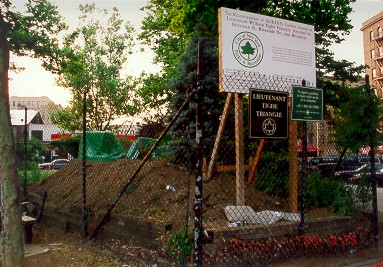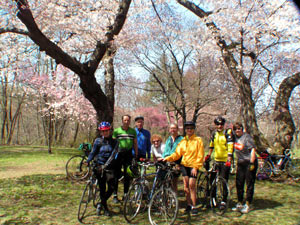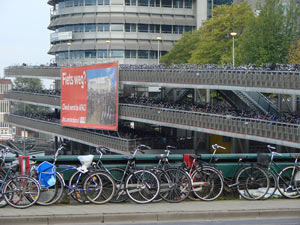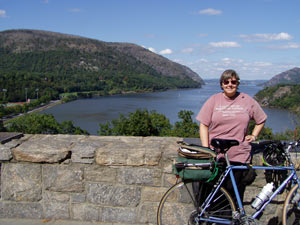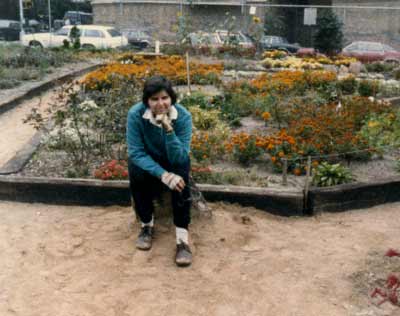 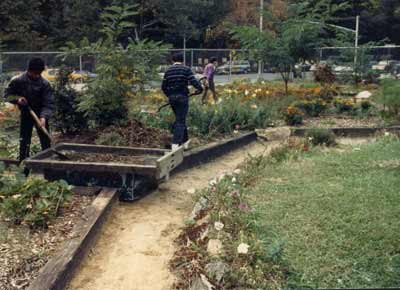 |
Riverside-Inwood Neighborhood Gardens, Inc. (RING) The first garden In 1984, working with Assemblyman Brian Murtaugh, I started the first RING garden on a rubble-strewn, abandoned lot at Riverside Drive and
Payson Ave. in Inwood, Upper Manhattan. I secured in-kind and other financial assistance from
Councilmember Stanley Michels and Assemblyman Brian Murtaugh, the Green
Guerrillas, and New York Horticultural Society. Securing 38 truckoads of donated soil from an excavation company in December 1984, donated plants from the Green Guerrillas, and railroad ties from an abandoned railroad, the outlines of the garden and much planting was done in 1985. I built a local organization of dozens of local volunteers and contributors who worked every weekend to transform the lot into a botanical garden in a foot of soil on top of building rubble from 1984-1987. During this time I started an educational program with the nearby Our Lady Queen of
Martyrs middle school, an association which still exists today.
This botanical community garden won two citywide Mollie Parnis Dress Up
Your Neighborhood Contests in 1985 and 1987 and awards from the New York
Horticultural Society for its flowers. Website: www.ringgarden.org |
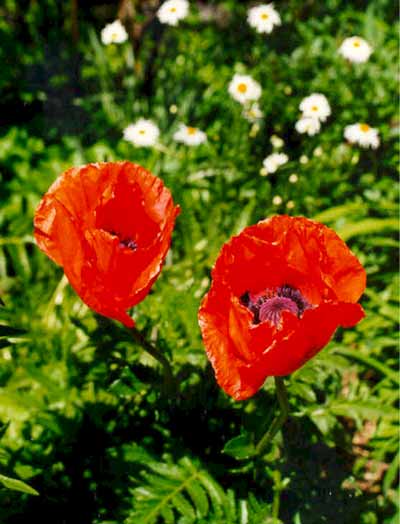 |
Riverside-Inwood Neighborhood Gardens, Inc.
After the first RING garden was required to abandon its site by the private land owner, Councilmember Michels, Assemblyman Murtaugh, State Senator Leichter, and Columbia Presbyterian hospital directly funded $6,000, Trust for Public Land provided a $10,000 endowment, and the NYC Parks Department, which owns the new site, provided thousands of dollars in in-kind support for the new garden at the Lt. William Tighe Triangle (bounded by Broadway, Dyckman, Riverside, and Seaman). 1989 – 1990. This botanical community garden was built as raised beds in two feet of soil or less on top of asphalt, and has won several Dress Up Your Neighborhood Contests and many small grants from Columbia Presbyterian Medical Center, Apple Bank, among others to assist the gardening, events, and public outreach programs. Award Winner of Citywide "Dress Up Your Neighborhood Contests" in 1990, 1992, 1994, 1995, 1997, 1998.
|
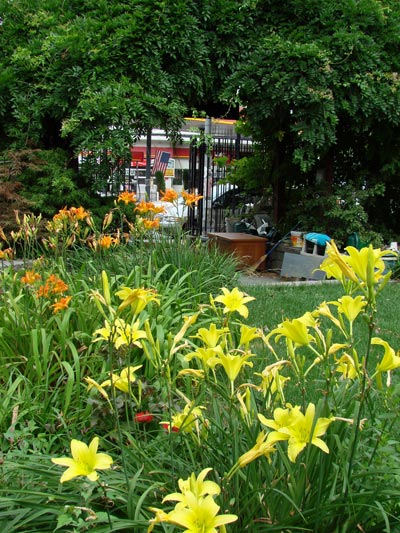 |
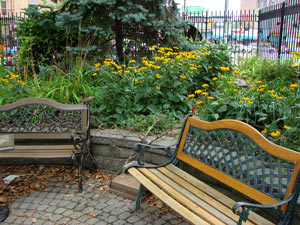 |
|
|
|
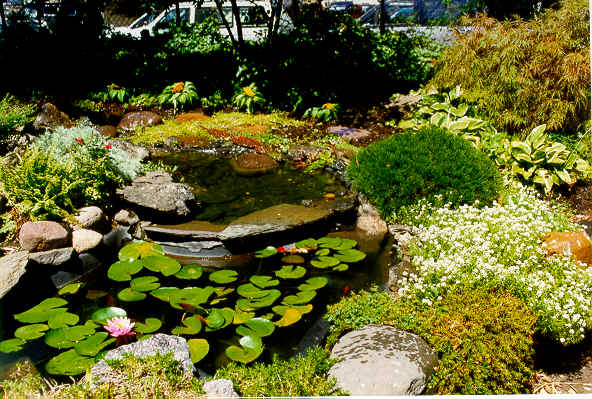 |
Riverside-Inwood Neighborhood Gardens, Inc. (RING) First MBP capital grant In the mid-1990s the RING Garden was able to purchase a pond shell and a small solar collector with which to circulate water creating a small waterfall with a little over $1,000 grant from Manhattan Borough President, Ruth Messinger. Subsequent investments allowed the garden to purchase an additional five solar collectors, 3 batteries, a biofilter and vortex to clean the pond as water circulates.
|
|
|
Riverside-Inwood Neighborhood Gardens, Inc. (RING) Reconstruction project In 1996 and 1997 Manhattan Borough President Ruth Messinger, provided $215,000 and supplemental $17,000 in capital grants for major renovation at RING Triangle garden 1999-2000 (concrete walls to replace rotting railroad ties, 2 new entrances, arbor, shed, wrought iron fence, ground hydrants, four foot deep pond).
|
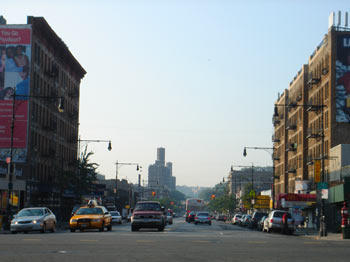 |
Riverside-Inwood Neighborhood Gardens, Inc. (RING) Trees Inwood Project In 2005 RING secured funding and in-kind in the Green Links program of the NYC Parks Dept. for a project to plant 25 street trees on Dyckman St. and Inwood’s nearby commercial streets. RING volunteers secured signatures from store owners and shopkeepers, and has done preliminary work to have middle school students at Our Lady Queen of Martyrs trained in street tree care, in advance of a program where students will monitor the health and conditions of street trees and help businesses care for their trees. The first installment of street trees were planted on Dyckman Street in Fall 2006, and ten cherry trees will bloom in spring 2007. (photo is looking east from Broadway on Dyckman St.)
|

